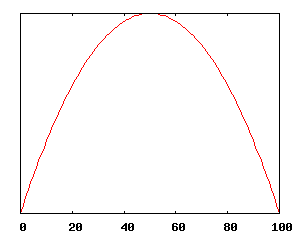Jack Kemp has died. He was a former American Congressman and vice presidential candidate, also a champion of the theory of supply side economics.
The basic premise of supply side economics is that lowering taxes increases demand; increased demand means a healthier economy, hence more tax revenue.
Others say hogwash, supply side economics is just a euphamism for making the rich richer at the expense of the public treasury, i.e., ultimately at the expense of the poor.
So which side is right? Neither.
Or, to be more precise, neither side is right all the time, though both have a point. Yet both are liars, since both elevate to the level of universal truth a principle that is right only some of the time.
Let me illustrate. If the average rate of taxation is 0%, there is obviously no government revenue. If the rate of taxation is 100%, i.e., the State takes away everything, there is no economy, hence no government revenue. At intermediate values, i.e., when the taxation rate is somewhere between 0% and 100%, there is some government revenue. One of the simplest curves that satisfy these criteria looks like this:

Revenue vs. taxation rate
In reality, the curve may be more complicated, but it’s going to be continuous and it’s going to be positive between the end points, hence it will have (at least one) maximum. And here’s the kink. The supply siders are right if the current rate of taxation happens to be to the right of that maximum… lowering the tax rate would indeed increase economic activity and hence, government revenue. But if the present taxation rate is to the left of the maximum, decreasing the tax rate will decrease revenue, and while it may increase economic activity, it certainly also increases the public debt.
So the trick, for a responsible but cash-strapped government, would be to find the maximum of this curve not to subscribe to any political ideology. Not that it’s likely to happen… politicians need snappy soundbytes to secure victory, not boring explanations.